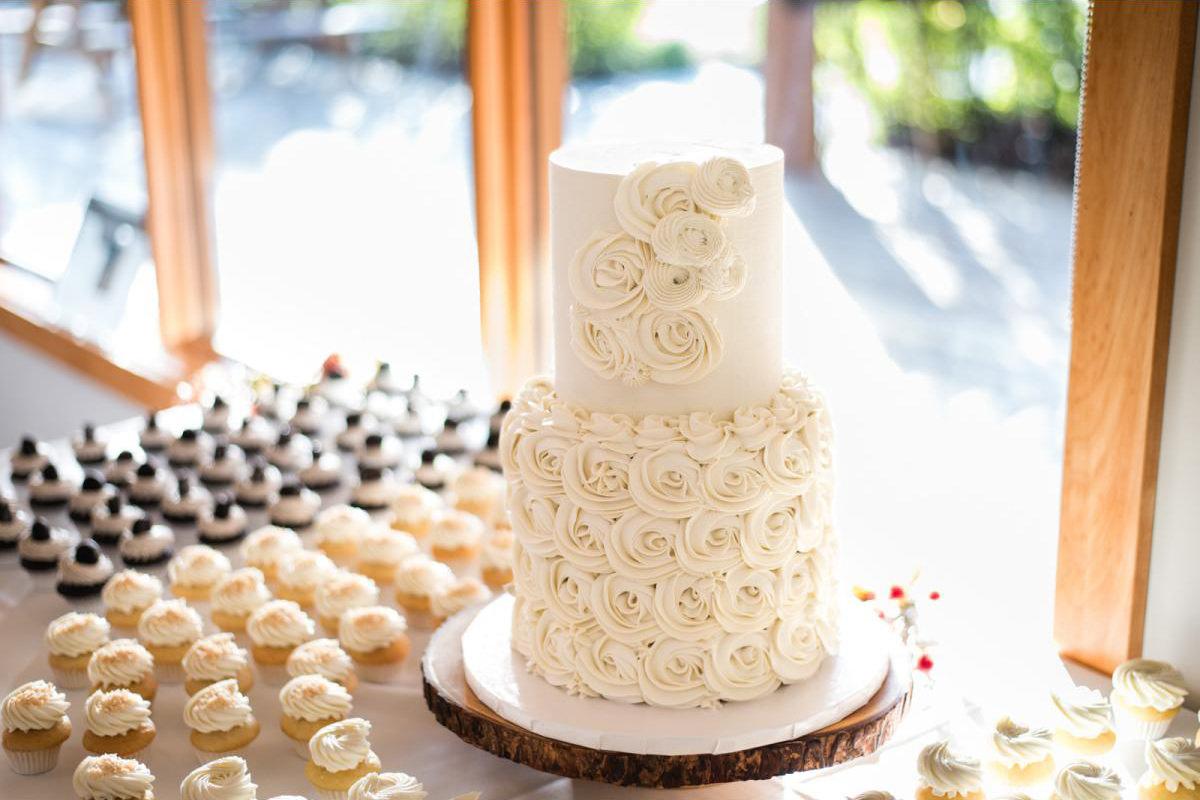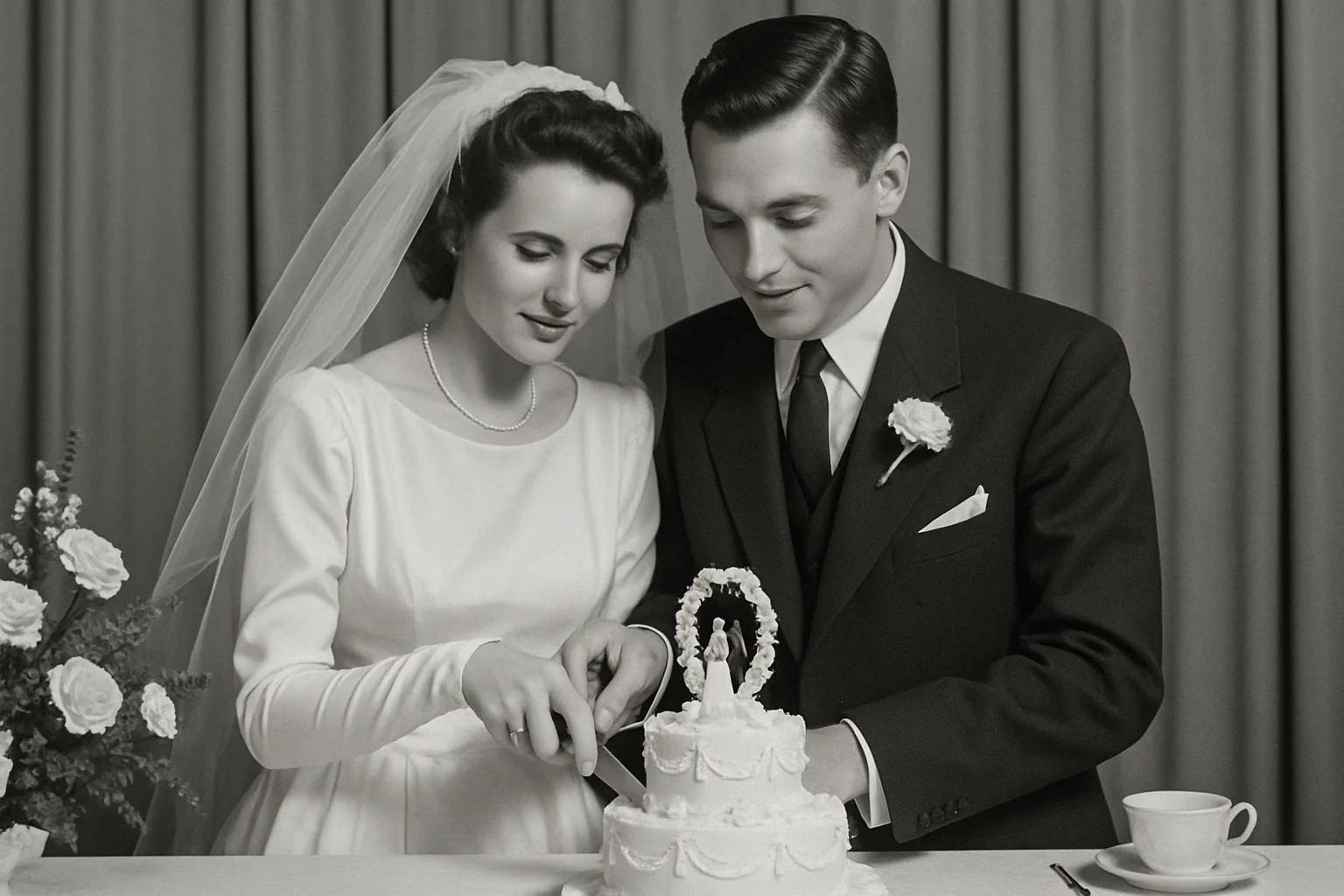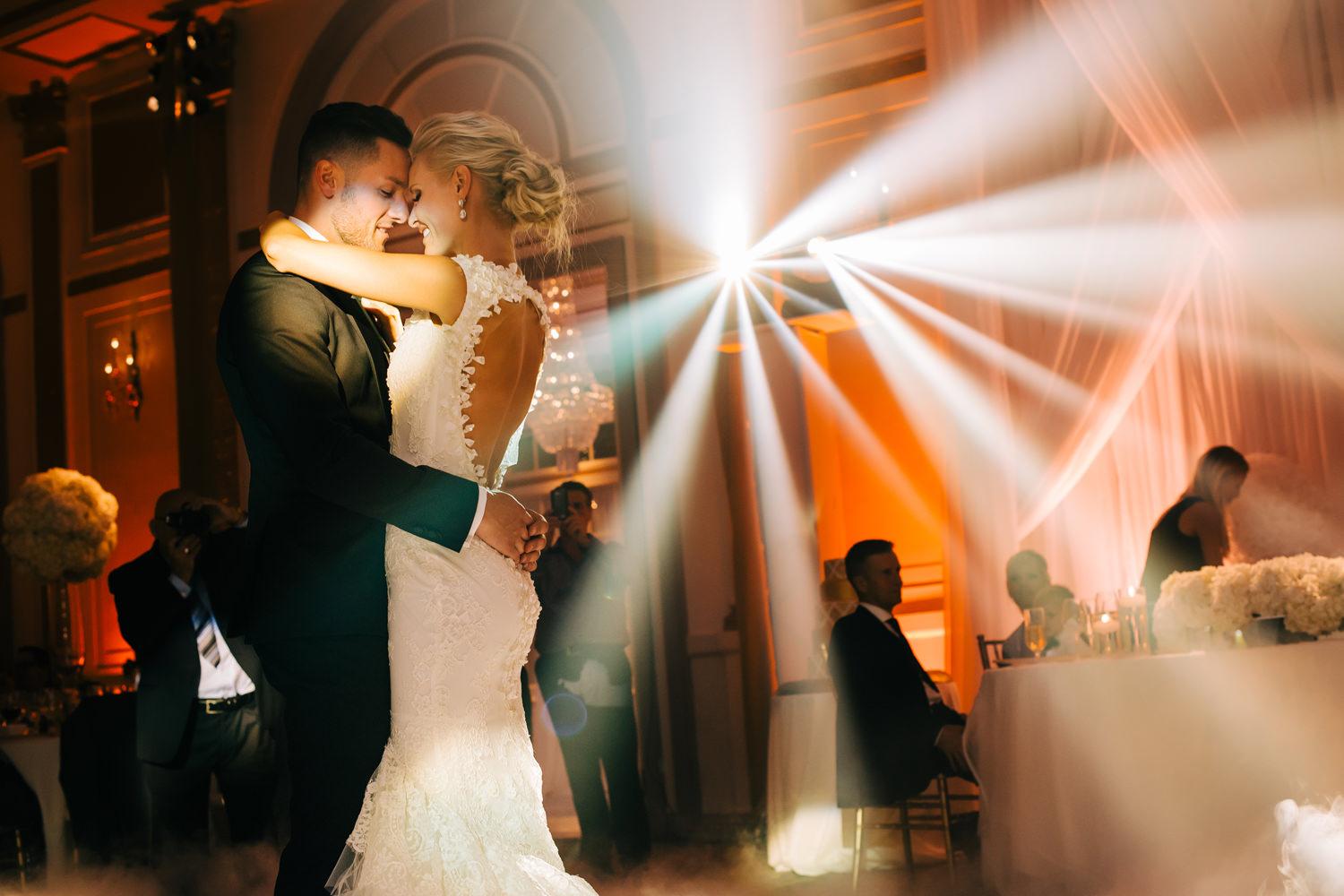Once a fertility ritual and now a photo op, the wedding cake has gone from simple bread to towering art. But behind the frosting lies centuries of meaning.
Wedding cakes are a staple of modern receptions, with couples in Canada and around the world investing in elaborate designs, flavours, and cutting ceremonies. But the wedding cake wasn’t always so polished—or sweet. Its story is one of symbolism, superstition, and shifting tastes.
From breaking bread over the bride’s head to naked cakes and donut walls, here’s how the wedding cake evolved from ritual to reception centerpiece.

Ancient Rituals: Bread, Grain, and Fertility
The earliest wedding “cakes” weren’t cakes at all. In Ancient Rome, guests would break a loaf of barley bread over the bride’s head as a blessing.
- The act symbolized fertility, prosperity, and submission.
- Crumbs were considered lucky—guests scrambled to collect and eat them.
- The bride’s hair and veil were often left full of flour and bread bits.
In some interpretations, this was also a display of wealth—being able to waste food was a form of status.
Medieval Stacking Games: The Precursor to the Tiered Cake
In Medieval England and France, guests would bring small cakes or buns and stack them into a tall tower.
- If the couple could kiss over the pile without knocking it down, it was seen as a sign of good fortune.
- Over time, this custom evolved into structured, tiered confections—inspired by French pastry architecture (likely the precursor to the croquembouche).
The move toward elaborate cakes was a sign of increasing wealth and spectacle in weddings.
The Victorian Era: White Icing and Royal Influence
The wedding cake as we know it truly began with Queen Victoria’s wedding in 1840:
- Her cake was white, symbolizing purity and affluence, as white sugar was expensive.
- The tiers were supported with pillars and decorated with sugar flowers, doves, and figurines.
- This influenced a trend toward multi-tiered white cakes in aristocratic weddings across Europe and North America.
As sugar became more accessible in the late 19th and early 20th centuries, white cakes became the default aesthetic for weddings—even if their symbolic meanings faded.

The Cake Cutting Ceremony: A Modern Invention
Cake cutting became a shared ritual only in the 20th century:
- Originally, only the bride cut the cake, symbolizing her new domestic duties.
- Over time, this evolved into a joint act, representing partnership and equality.
- Feeding each other cake (or smashing it playfully) became a photographed moment of intimacy—or chaos.
The ritual has persisted, even as cake styles and meanings continue to shift.
21st Century Wedding Cakes: Creative, Optional, and Instagrammable
Modern Canadian weddings showcase incredible variety in cake choices:
- Buttercream vs. fondant: Still debated for taste, texture, and aesthetic
- Naked cakes: Minimalist and rustic, often adorned with florals or fruit
- Alternative desserts: Donut walls, cupcake towers, macaron stacks, churro bars
- Cultural sweets: Filipino ube cakes, Persian saffron pastries, South Asian mithai
Many couples today skip the cake entirely or choose non-traditional desserts to reflect their tastes and values.

Symbolism That Endures
Even with modern twists, the wedding cake still carries symbolic weight:
- It represents sharing, abundance, and joy.
- Its tiers often reflect aspiration and elevation.
- Cutting and serving it together reflects unity and teamwork.
Whether it’s three layers or one slice, homemade or haute couture, the cake remains a sweet symbol of commitment.
Photographers and the Cake Moment
The cake often plays multiple roles in the wedding album:
- A still life detail shot that shows off the couple’s taste and aesthetic
- An emotional or humorous moment during the cutting and feeding ritual
- A candid scene of guests enjoying dessert, kids sneaking bites, or late-night snacking
Great photographers treat the cake not just as décor—but as a story element.

Related Reading in the History of Weddings Series:
- The History of the Wedding Reception
- The History of Wedding Superstitions and Rituals
- The History of the Bouquet Toss
- The History of the First Dance
Continue Planning Your Wedding
Ready to dive into the details? How to Find the Perfect Wedding Photographer: The Ultimate Guide to Making the Right Choice